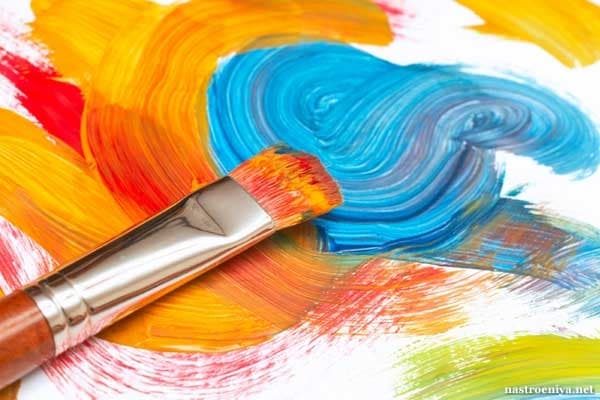In our fast-paced modern world, it is more important than ever to find a way to relax and unwind. Among the various relaxation methods, art appears as a deeply therapeutic and accessible method. Engaging in artistic activities is not only a way to express creativity, but also an effective strategy for mental wellness. A way to unwind can be found for everyone at casinossinlicencia.org . In this article, we will look at the role of art as a relaxation tool, exploring its benefits, different forms, and practical tips for incorporating art into your relaxation routine.
The Therapeutic Power of Art
In the intricate tapestry of human experience, the healing power of art stands out as a universal remedy transcending cultural, linguistic, and geographical barriers. This ancient practice, embedded in the roots of every civilization, offers profound therapeutic benefits, tapping into the deepest emotions and experiences that define us as human beings.
Art therapy, a formalized field of mental health practice, harnesses this intrinsic power of art to heal, express, and explore the psyche. Through painting, drawing, sculpture, and other artistic endeavors, individuals find a voice for their innermost feelings and thoughts, often inaccessible through traditional verbal communication. The process of creating art itself becomes a meditative journey, providing a sanctuary for the mind amidst life’s chaos.
Benefits of Art for Relaxation
- Stress Reduction: Artistic activities can significantly lower stress levels, promoting a sense of calm.
- Emotional Expression: Art offers a safe outlet for expressing complex or difficult emotions.
- Enhanced Creativity: Regularly engaging in art can boost creativity, opening up new ways of thinking and problem-solving.
- Improved Concentration: Focusing on an artistic project enhances concentration and mindfulness.
- Sense of Accomplishment: Completing an art piece provides a sense of satisfaction and boosts self-esteem.
Forms of Art for Relaxation
| Form of Art | Description | Ideal For |
| Painting and Drawing | Using various mediums to create visual art | Individuals seeking a tactile and visual creative outlet |
| Sculpture | Creating three-dimensional art from clay, metal, or other materials | Those who enjoy a hands-on creative process |
| Photography | Capturing moments and scenes through a lens | People looking for an artistic outlet that encourages exploration |
| Creative Writing | Writing poetry, stories, or journaling | Individuals who prefer expressing themselves through words |
| Music and Dance | Playing instruments, singing, or dancing | Those who find joy and relaxation in rhythm and movement |
Integrating Art into Your Relaxation Routine
- Set Aside Dedicated Time: Choose a regular time slot for artistic activities to ensure they become a part of your routine.
- Create a Comfortable Space: Designate a specific area in your home where you can engage in art without distractions.
- Experiment with Different Forms: Try various art forms to find what best suits your interests and mood.
- Focus on the Process, Not the Outcome: Embrace the act of creating without worrying about the final product.
- Join Art Classes or Workshops: Participate in classes to learn new techniques and meet like-minded individuals.
Practical Tips for Beginners
- Start with simple projects to avoid feeling overwhelmed.
- Use online tutorials and resources to learn at your own pace.
- Keep art supplies accessible to easily incorporate art into your daily routine.
- Share your art with friends or on social media to build confidence and receive encouragement.
FAQs About Art as Relaxation
- Q: Do I need to be naturally talented to benefit from art as a relaxation technique?
- A: No, the therapeutic benefits of art come from the process of creation, not the skill level or final product.
- Q: How much time should I spend on art to feel its relaxing effects?
- A: Even a short amount of time, like 15-30 minutes, can offer relaxation benefits. The key is consistency.
- Q: Can art therapy replace traditional therapy?
- A: While art can be a valuable complement to traditional therapy, it should not replace professional mental health treatment when needed.
- Q: Are there online platforms or resources for those interested in art for relaxation?
- A: Yes, numerous online platforms offer free tutorials, workshops, and communities for those interested in exploring art for relaxation.
Art, with its myriad forms and expressions, offers a versatile and enriching avenue for relaxation and mental wellness. By integrating art into your relaxation routine, you can discover a powerful tool for stress reduction, emotional expression, and personal growth. Whether through painting, writing, or dancing, embracing creativity can lead to a more balanced, fulfilled life. Remember, the goal is to enjoy the process and let your artistic journey be a source of tranquility and joy.
